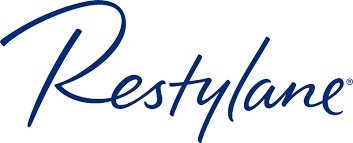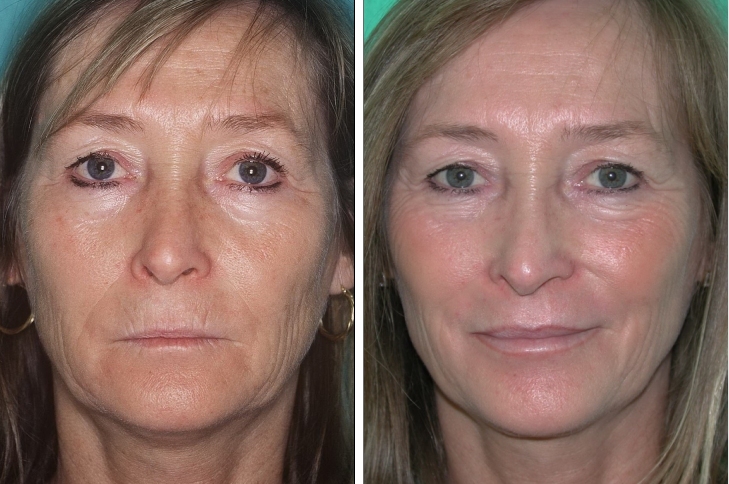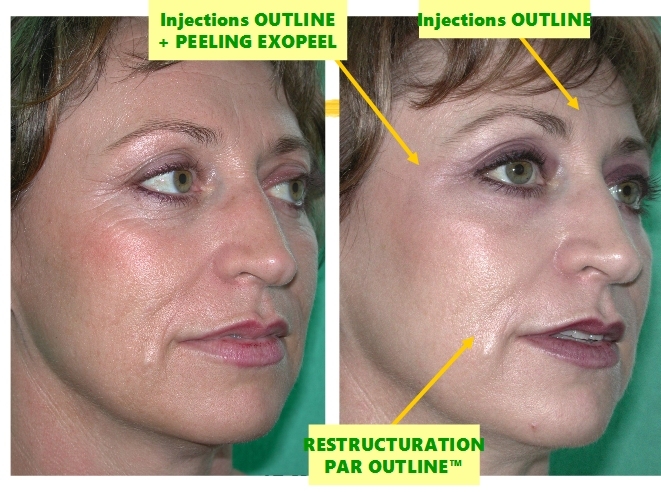Health and Beauty
Filling in the gaps: Understanding Dermal Fillers
A brief history...
In very early days the use of dermal fillers was described as "wild". There was little control and unrefined products such as paraffin or silicone which was of industrial (not medical) quality were being used. The presence of impurities caused inflammation (inflamed nodules known as granuloma formation) and migration. The Brazilians in particular, were very willing to take bold risks that could be considered irresponsible.
In the 1980s, the American company Zyderm developed an injectable based on beef collagen. This was the first product approved by the FDA (The Food and Drug Administration) to be used as a filler to effectively treat wrinkles and fine lines.
Being a product of animal origin, it was necessary to have a preliminary skin test and the results showed that only 5% of people tested were allergic to it. Collagen lasted only 4 to 6 months. Only small quantities were used to treat small wrinkles and this earned the company a fortune. Things have changed since then!
Hyaluronic Acid (HA)
Around 1995, Q-Med of Sweden developed a gel based on hyaluronic acid (HA). The product was called Restylane and this was the world’s first stabilised non-animal HA filler. It was far more practical, no tests were needed and Restylane didn't need to be stored in the fridge.

Very quickly the French made further developments using hyaluronic acids. They increased the range of gels by adding characteristics that could be adapted to localisation and depth. And soon after other companies began to enter the market.
HA is described as a 'fixer'. It is used both on the surface of the skin and administered to the deep tissues. There are special compositions for the lips, others to hydrate the tissues, and also ones to create more volume in deeper levels of the skin.
There are many Hyaluronic Acid products on the market and the best known are: Restylane ™, Esteem ™, Stylage ™, Juvederm ™ to name a few. A new product called EssentHyal ™ has been launched which is characterised by the use of a crosslinking agent and is of BIO composition. EssentHyal™ is a homogeneous injectable hydrogel (for medical use) which is indicated for deficit of soft tissues and it allows a long lasting correction and a natural look.
Hyaluronic Acid is also being used for "intimate" medicine. Women are now able to receive treatment for conditions such as vaginal atrophy. Some HAs have been adapted to strengthen the vaginal wall. Its aim is to restore tone and elasticity, strengthen the intra-vaginal muscles, and improve sensitivity, while also reducing mucosal dryness.
Fillers: "Stimulators".
Sculptra ™ has been around for almost 20 years, created in France and is now used all over the world. It is a polylactic acid powder which has the characteristic of stimulating the formation of collagen around it and is used to create volume, especially to restructure the cheeks. The effect of using polylactic acid is progressive because it takes several weeks to make one's own collagen. It is worth knowing that our bodies continue to produce collagen throughout the whole of our lives and this is because we require collagen to heal, in the event of an injury.
Other recognised 'stimulators' are Ellanse ™ and Radiesse® which are used to give a lifting and volumising effect.
It is important to know and be informed which products conform to regulations and standards and are safe.
What are fillers used for?
As we age, typical symptoms are:
- Face fullness diminishes,
- Cheeks flatten,
- Lips expanding,
- The temples empty,
- Dark circles are hollow.
With the use of fillers, they replace the matter and aid in tightening the skin so the result is a more youthful appearance.

It is vital to choose a doctor with a good aesthetic background, a doctor who listens to the request of the patient, and a doctor capable of injecting with accuracy! A doctor who injects often, as in several times a day, is recommended.
In practice
The doctor will examine you and see if what you are wanting to do with your face is the correct procedure and will advise whether the correction or treatment should be done by fillers or peelings (which takes care of cheek wrinkles, texture anomalies and brown spots), or by lasers (if the issue is vascular) or by ultrasound or threads (to tighten and reassemble the tissues). If the skin is dense, heavy and "too long", in this case, the doctor will advise you on surgery.

The injection session
When the doctor and the patient agree on the type of treatment, depending on the location of the face/body, a local anesthesia is given. For the lips, this is almost always essential but for the cheeks, not so much. The doctor will then inject the correct products using the technique that relates to the location. He will use either a needle or a cannula (which resembles a needle, but it does not sting, the end is not sharp and the product passes through the tiny hole situated on the side, so the patient has no bruising). In general the procedure takes 5 to 10 minutes. Small pockets of ice are often applied at the end to prevent edema. In reality edema is rare and so is bruising.
Adverse reactions
These are very rare if the doctor is experienced. Occasionally tiny blue bruises may appear for an hour or so caused by the local anesthesia. If too much product (HA) has been injected, there is now a product that melts HA and can be used in the following weeks. So once again, the more experienced the doctor, the less likely side effects will occur.
How long does the filler last?
If the filler is injected mostly on the surface, the less durable it is. Nowadays, deep corrections maintain their effect between 12 and 24 months, and the most superficial fillers have a time scale of about 4 to 6 months. This process can continue and be repeated on demand or when advised.
Remarks
Botox and Fillers have different missions and should not be confused. Fillers fill the hollows, the gaps and some small fine lines. But fillers are not used to correct, for example, the wrinkles known as crow's feet or the horizontal wrinkles on the forehead, this is best treated with Botox which relaxes the muscles.
Conclusion
Fillers are "magic" products that have brought us wonderful possibilities in the restoration of face volumes and thus in the prolongation of youth. They are of course complementary to other techniques such as peelings, botox, lasers, ultrasounds, mesotherapy, needling, and radiofrequency. Talk to your dermatologist to find out the latest techniques.
---

We would like to thank Dr. Jean-Luc Vigneron for sharing this valuable information with us. Dr. Vigneron is a professional and a world renowned dermatologist and he will always welcome you to his clinic Villabianca in Saint-Paul-de-Vence.
Villabianca - Centre de dermatologie esthétique
Address: 832 bd. Pierre Sauvaigo, 06480, La Colle-sur-Loup/Saint Paul.
Tel: +33 (0)4 93 32 03 60 and also by
Email: info@villabianca.fr
Website: www.villabianca.fr
You can see all our articles with Dr. Jean-Luc Vigneron and Villabianca HERE





